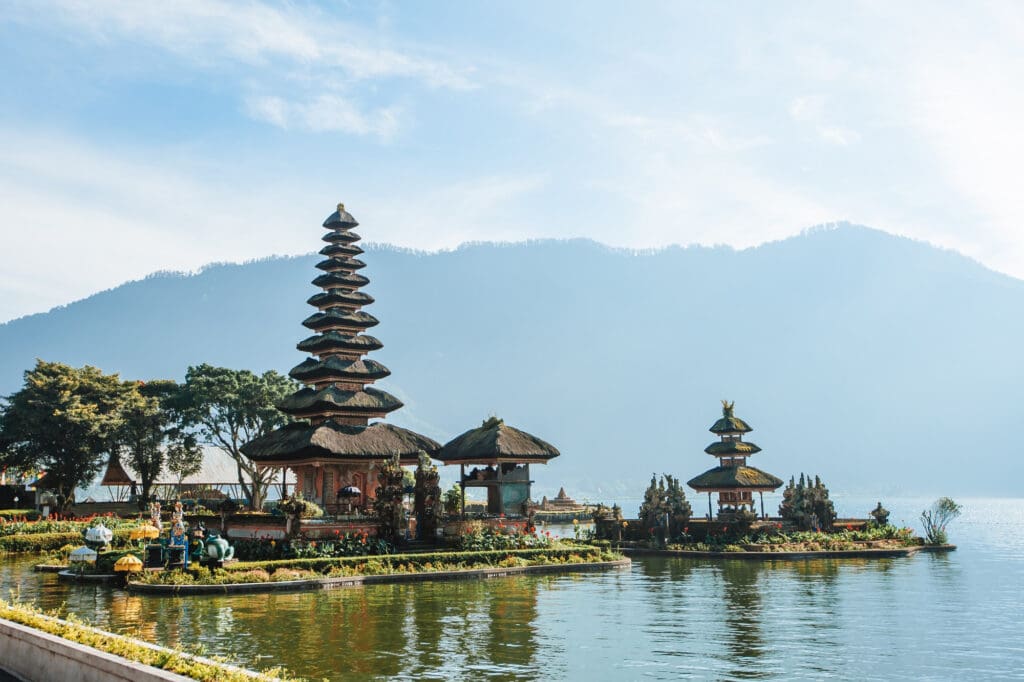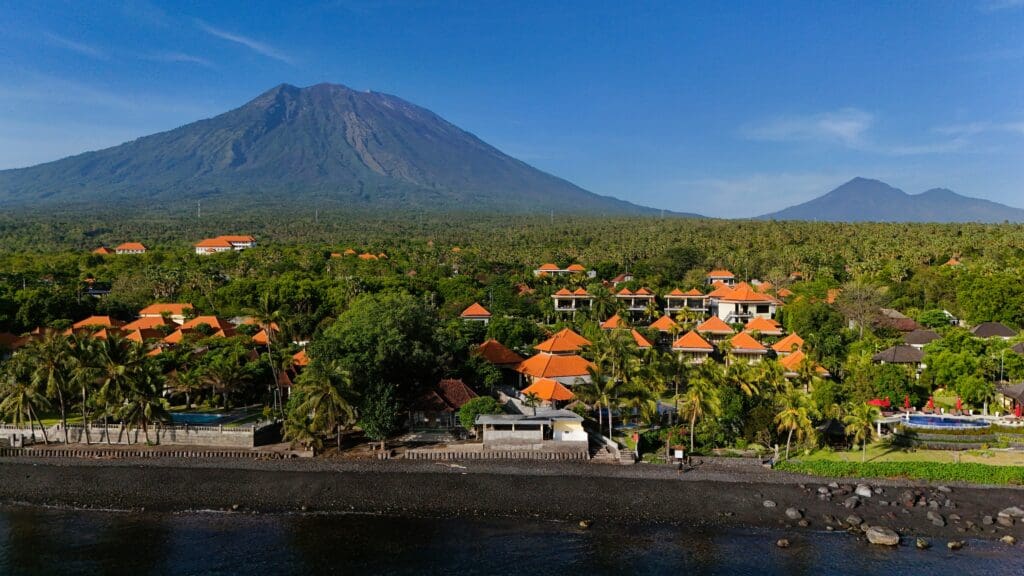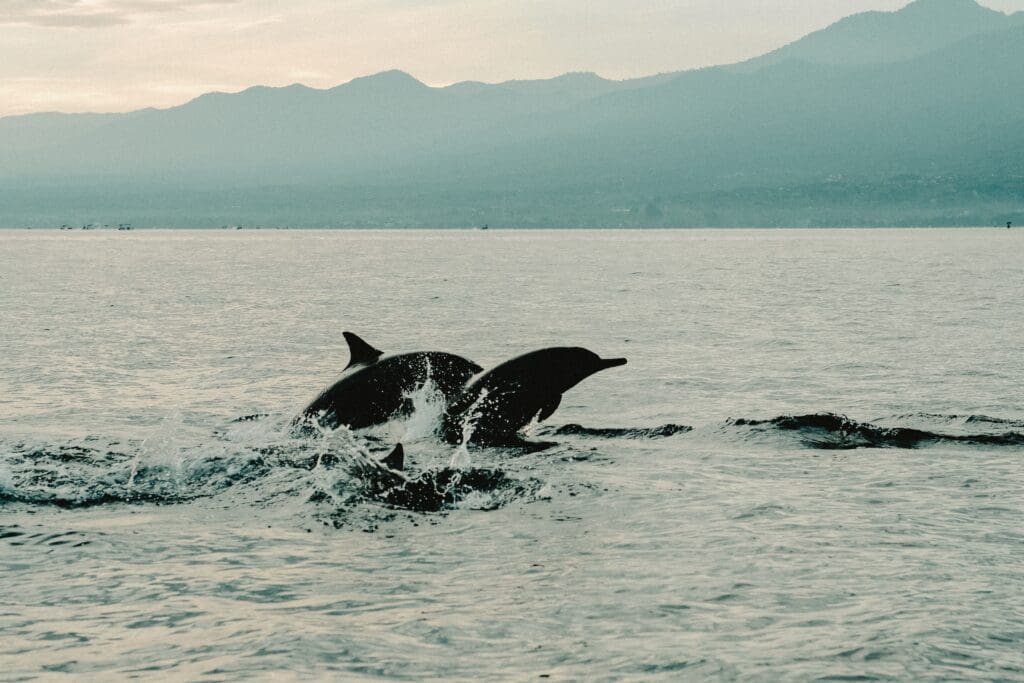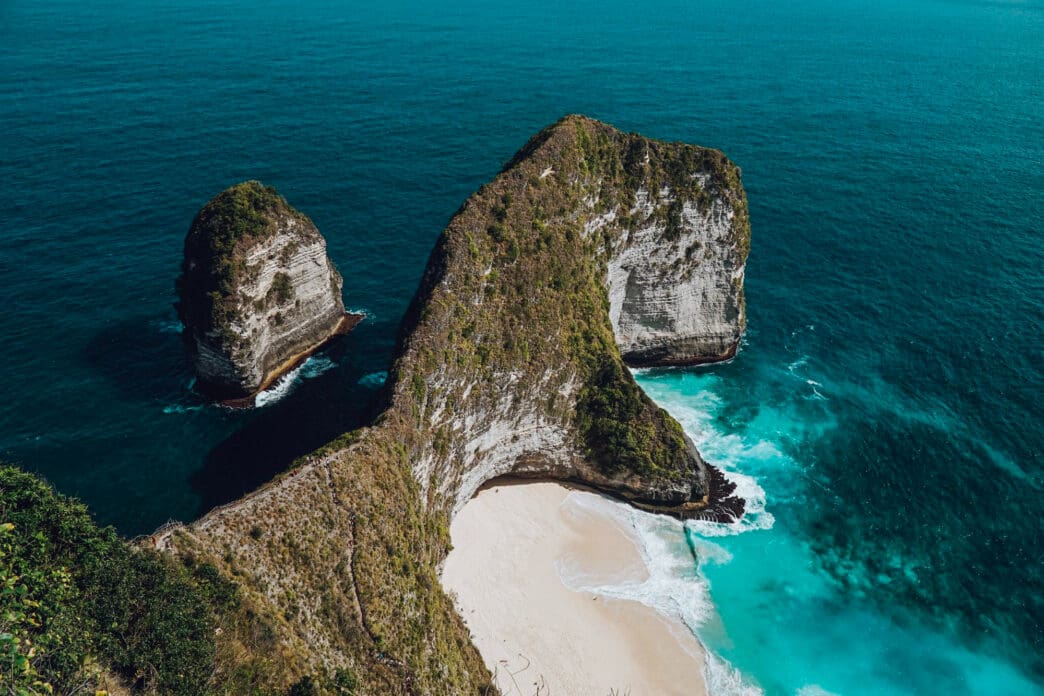Your Essential Overview
- Bali captivates travelers with its unique blend of spiritual traditions, natural beauty, and welcoming culture, with the dry season (April-October) being the optimal time to visit.
- The island offers diverse regions and experiences, from South Bali’s bustling beaches and nightlife to Ubud’s cultural and spiritual heart, and the serene landscapes of East and North Bali.
- Planning your trip involves understanding visa requirements and transportation, and travelers are encouraged to practice responsible tourism to preserve the island’s environment and traditions.
The Destination’s Lore
- Bali’s enduring appeal to global travelers stems from its unique blend of vibrant spiritual traditions, deeply rooted in Balinese Hinduism, and breathtaking natural beauty, encompassing iconic rice terraces, volcanic peaks, and diverse beaches. This combination, alongside a well-developed tourism infrastructure, allows the island to seamlessly cater to a wide array of preferences, from adventure and cultural immersion to tranquility and wellness.
Making the Trip Yours
- This comprehensive guide to Bali aims to equip prospective travelers with essential, detailed information, from optimal travel times and visa requirements to regional explorations and must-do experiences, thereby facilitating a well-planned and enriching visit. By highlighting the island’s diverse appeal and emphasizing responsible tourism practices, the guide also encourages visitors to engage respectfully with Bali’s unique cultural and natural heritage, contributing positively to its preservation.
Perspectives from the Road
- Bali is widely viewed as a multifaceted and captivating global travel destination, celebrated for its unique blend of vibrant spiritual traditions, breathtaking natural beauty, and diverse experiences that cater to various preferences.
- Travelers are drawn to Bali for its ability to offer a spectrum of experiences, from spiritual rejuvenation in Ubud to bustling beaches and nightlife in the south, allowing for both adventure and tranquility.
- Advocates for responsible tourism emphasize that visitors should practice respectful engagement with local communities, support local businesses, and minimize environmental impact to help preserve Bali’s cultural heritage and natural environment.
Bali, Indonesia’s revered “Island of the Gods,” stands as a perennial magnet for global travelers, offering an intoxicating blend of vibrant spiritual traditions, breathtaking natural beauty, and a deeply welcoming culture. This comprehensive guide aims to unveil the island’s multifaceted charm, from its iconic rice terraces and volcanic peaks to its world-class beaches and serene wellness retreats, providing essential insights for anyone planning their ultimate escape to this tropical paradise. The optimal time to experience Bali’s splendor is generally during the dry season, spanning from April to October, when the weather is consistently sunny and ideal for exploration.

Why Bali Captivates the Global Traveler
Bali’s allure lies in its unique ability to cater to diverse travel preferences, seamlessly blending adventure with tranquility. It’s a destination where ancient Hindu traditions thrive amidst modern tourism infrastructure, creating an atmosphere unlike anywhere else. From the spiritual heartland of Ubud to the bustling beaches of Seminyak, the island offers a spectrum of experiences that resonate deeply with visitors.
The island’s rich cultural tapestry is evident in its daily rituals, intricate temple architecture, and vibrant arts scene. Balinese Hinduism, a distinct form of the religion, permeates every aspect of life, manifesting in elaborate ceremonies, offerings, and traditional performances that are openly shared with visitors. This deep spiritual connection, combined with the island’s stunning natural landscapes, creates a profound sense of peace and wonder.
Planning Your Journey to Island Bliss
A well-planned trip enhances the Bali experience significantly. Understanding the best time to visit, visa requirements, and basic logistics can make all the difference in ensuring a smooth and enjoyable adventure.
Best Time to Visit
The dry season, from April to October, is widely considered the prime time to visit Bali. During these months, you can expect abundant sunshine, lower humidity, and calm seas, perfect for beach activities, surfing, diving, and trekking. The shoulder months of April, May, September, and October often offer excellent weather with fewer crowds and slightly lower prices. The wet season, from November to March, brings higher humidity and frequent, short downpours, though the island remains lush and beautiful, and prices can be more attractive.
Visa and Entry Requirements
Most nationalities can enter Indonesia for tourism purposes with a Visa on Arrival (VOA) or visa-free entry, depending on bilateral agreements. It’s crucial to check the latest regulations with the Indonesian embassy or consulate in your country before departure, as policies can change. Ensure your passport has at least six months of validity remaining from your entry date and a few blank pages.
Getting There and Around
Ngurah Rai International Airport (DPS) in Denpasar is Bali’s main gateway, well-connected with direct flights from major cities across Asia, Australia, and increasingly, Europe. Upon arrival, various transport options are available, including pre-booked transfers, airport taxis, and ride-hailing apps like Grab or Gojek. Getting around Bali can be done via private car with a driver (highly recommended for longer distances), scooter rentals (for experienced riders), or ride-hailing services. Be mindful of traffic, which can be considerable in popular areas.
Exploring Bali’s Diverse Regions
Bali is a mosaic of distinct regions, each offering a unique flavor and set of attractions. Tailoring your itinerary to explore these diverse areas will provide a comprehensive island experience.
South Bali: Bustling Beaches and Nightlife

This vibrant region encompasses popular destinations like Kuta, Legian, Seminyak, Canggu, and Uluwatu. Kuta is famous for its surf breaks and lively nightlife, while Seminyak offers upscale boutiques, fine dining, and chic beach clubs. Canggu has emerged as a trendy hub for digital nomads, surfers, and health-conscious travelers, boasting an array of cafes and co-working spaces. Further south, Uluwatu is renowned for its dramatic cliff-top temples, world-class surf breaks, and stunning sunsets.
Ubud: The Cultural and Spiritual Heart

Nestled amidst lush rice paddies and sacred monkey forests, Ubud is Bali’s cultural and spiritual epicenter. It’s a haven for art lovers, yogis, and those seeking holistic wellness. Here, you can immerse yourself in traditional Balinese dance performances, explore ancient temples, visit art galleries, and indulge in rejuvenating spa treatments. The Tegalalang Rice Terraces, Tirta Empul Temple, and the Sacred Monkey Forest Sanctuary are essential visits.
East Bali: Serenity and Spirituality

Less developed than the south, East Bali offers a glimpse into authentic Balinese village life and stunning natural beauty. Highlights include the majestic Mount Agung, Bali’s highest volcano, and the serene Besakih Temple, the island’s “Mother Temple.” Other notable sites include the water palaces of Tirta Gangga and Ujung, and the tranquil beaches of Candidasa and Amed, popular for diving and snorkeling.
North Bali: Waterfalls and Dolphins

The northern coast, particularly around Lovina, is famous for its black sand beaches and early morning dolphin watching tours. Inland, you’ll discover some of Bali’s most spectacular waterfalls, such as Gitgit and Sekumpul, offering refreshing escapes into nature. The cooler climate and lush mountainous terrain make it ideal for trekking and exploring botanical gardens.
Must-Do Experiences in Bali
To truly embrace Bali’s essence, engage with its iconic attractions and activities.
Temple Hopping: Visit Tanah Lot, Uluwatu Temple (for sunset and Kecak dance), Besakih Temple, and Goa Gajah (Elephant Cave) to witness Bali’s spiritual devotion and architectural marvels.
Surfing and Water Sports: From beginner-friendly waves in Kuta to advanced breaks in Uluwatu, Bali is a surfer’s paradise. Snorkeling and diving are exceptional in areas like Amed, Padang Bai, and Menjangan Island, revealing vibrant coral reefs and diverse marine life.
Wellness and Yoga: Ubud is a global hub for yoga and meditation retreats, offering a chance to rejuvenate mind, body, and soul. Many resorts and dedicated centers provide classes for all levels.
Culinary Adventures: Savor traditional Balinese dishes like Nasi Goreng, Mie Goreng, Babi Guling (suckling pig), and Lawar. Explore local warungs (small eateries) for authentic flavors or indulge in world-class fine dining in Seminyak and Canggu.
Rice Terrace Exploration: Trek through the iconic Tegalalang Rice Terraces near Ubud or Jatiluwih Rice Terraces (a UNESCO World Heritage site) for breathtaking vistas and insights into traditional Balinese agriculture.
Responsible Tourism in Bali
As a popular destination, Bali faces environmental and cultural pressures. Travelers are encouraged to practice responsible tourism to help preserve the island’s beauty and traditions.
Support local businesses, respect local customs and dress codes (especially when visiting temples), minimize plastic use, conserve water, and participate in eco-friendly tours. Engaging with local communities respectfully ensures that your visit contributes positively to the island’s sustainability and prosperity.
Bali truly offers a journey of discovery, a place where ancient traditions gracefully coexist with modern aspirations, and where every sunset paints a masterpiece. By understanding its diverse regions, embracing its rich culture, and traveling responsibly, you can unlock an unforgettable experience on this enchanting island, creating memories that will last a lifetime.








